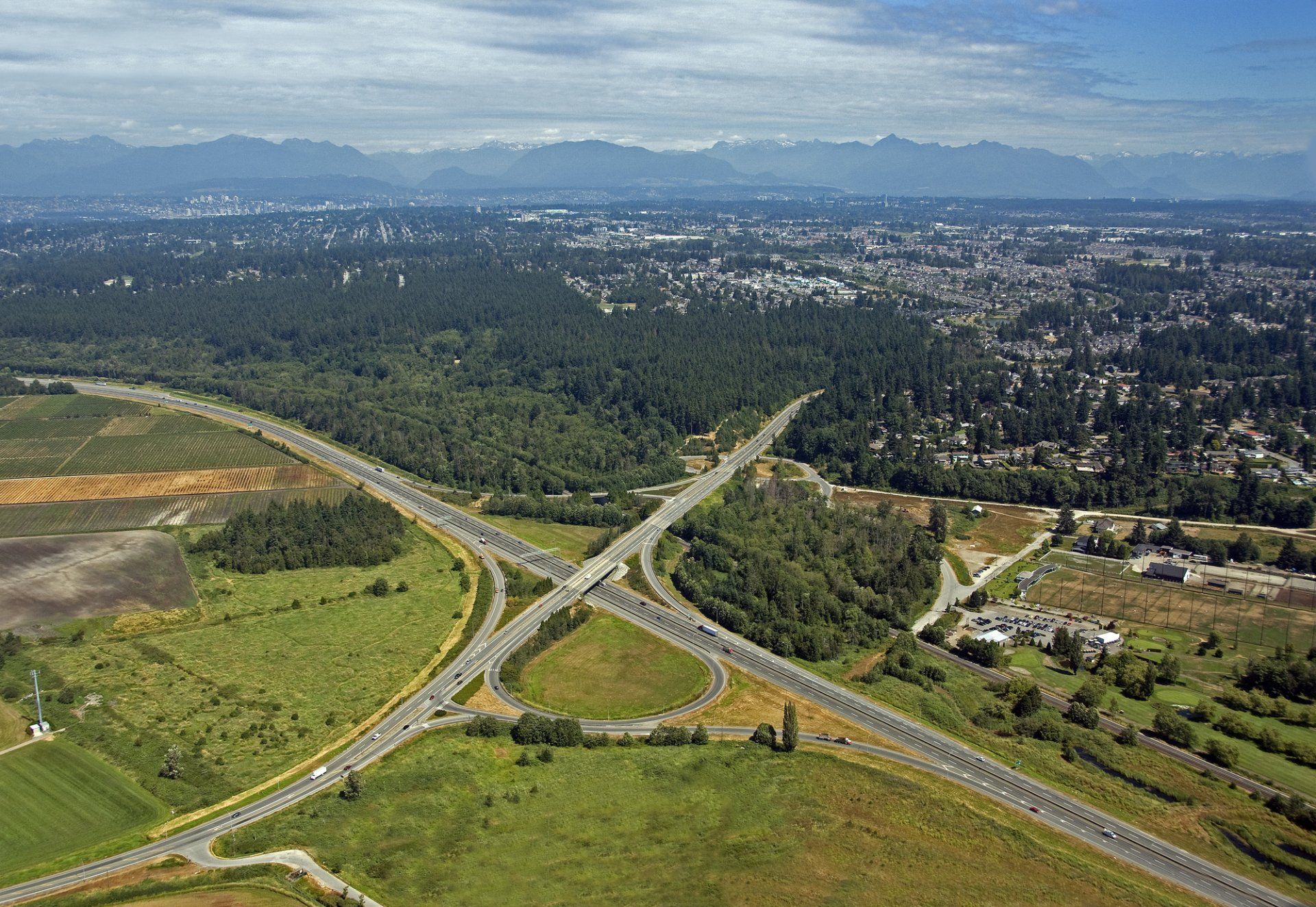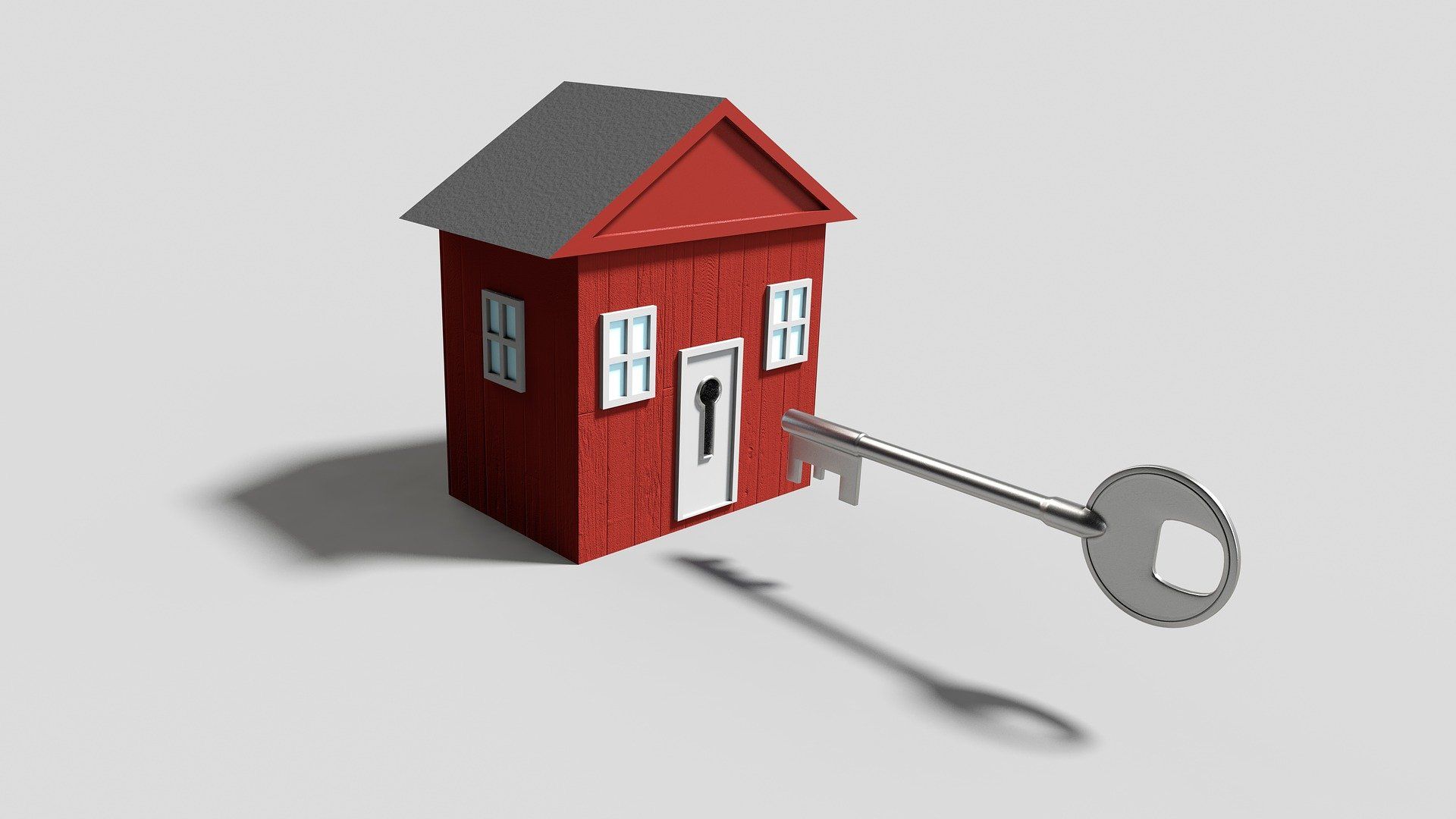Rezoning Arid ALR Land for Public Development
- By Admin
- •
- 16 May, 2018
The NDP came to power for the first time in B.C in 1973, largely due to its idea to protect agricultural lands from development. The Agricultural Land Reserve initiative remains extremely beloved, with 95% of respondents to a 2017 province-wide poll supporting it. This support stems from a strong conviction that B.C. and Canada should remain independent producers of its food supplies. Everyone thinks that protecting our farms and reducing reliance on food imports is a vital priority for our society.

It’s
nearly impossible to envision the current NDP government making any alterations
to the ALR zoning program considering this broad support. But like the ‘73 NDP’s, this party came to
power based on its stance on one issue – affordable housing. If they are serious about tackling this issue
on all fronts, it must take a long, hard look at the cracks in the ALR program.
There
are over 10 million acres of land protected by the ALR in B.C, including
150,000 acres in Metro Vancouver. But
here in the Metro, only 50% of that land is being farmed and nearly 30,000
acres are arid, according to a 2016 Vancity study. It would seem to make sense to turn over a
small percentage of that fallow, unfarmed land to affordable housing
developments, especially those acres that are close to urban centers and
transit.
Daniel Greenhalgh's take on developing affordable housing on ALR land
The
resistance to this kind of idea is predictable, as most British Columbians
would fear a ‘slippery slope’ if ALR lands were given over to development of
any kind. But Daniel believes the scale
of the housing crisis calls for this to be considered.
“There’s
just such an extreme shortage of undeveloped land in the Lower Mainland that it
would be foolish not to consider reclassifying some of this non-arable ALR land
for development. It would definitely help
with affordability issues, and there could be some very clear guidelines on
what kind of ALR land could be developed.”



